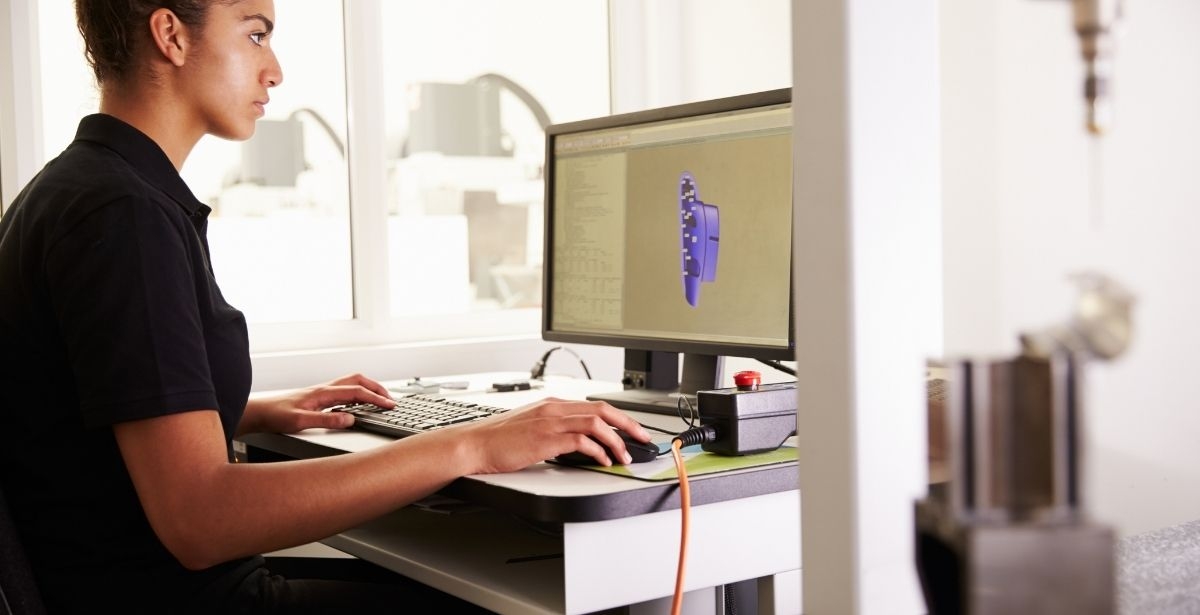
What Is Computer Aided Design and Why Is It Important?
Have you ever wondered what really goes into building construction or car manufacturing? There are hundreds of components, but at the very beginning of it all there’s a plan, a design, and probably someone behind a screen using computer-aided design software. Computer-aided drafting and design or CADD, is the use of software to draw and design physical components or to layout processes. It’s an important part of many industries, including architecture and engineering, because it provides precise instruction on how things should be made.
Benefits of Computer Aided Design
Before the age of computers, drafters and designers had to sketch out blueprints or build models by hand. It took a long time and a lot of effort, and it wasn’t always easy to edit or collaborate on a design. Now, you can use computer software such as AutoCAD or Revit to produce 2D and 3D designs. You can draw shapes and lines, copy and edit content, and calculate accurate dimensions with CADD software. You can also save and duplicate your designs, send them to a 3D printer for manufacturing, or even share them through the cloud with other members of your team.
The efficiency of computer aided design saves time and money. With CADD, you can make all your changes—and mistakes—in the design phase. You can also accurately estimate the kinds and amount of materials used or the length of manufacturing time, which means you won’t overspend your budget.
How Is Computer-Aided Design Used?
Computer-aided design is used in several industries, namely architecture and engineering. These industries need drafters who can take their concepts and render them through computer-aided design. What do they use computer aided design for?
- Architecture: Computer-aided design is used to produce blueprints and floor plans for architects. These drawings provide accurate dimensions for how the building and each room should be constructed. They also include instructions on electrical wiring and plumbing. They can also be used to visualize what a building will look like once it’s complete.
- Engineering: The application of computer aided design in the engineering industry is broad. It can be used by civil engineers to design bridges or roadways. It can be used by mechanical engineers to design parts of a car or an aircraft, and it can also provide instruction on how those pieces should be manufactured. Electrical engineers also use computer-aided design to create more efficient electrical systems.
Other industries rely on computer aided design, as well. Interior designers will use floor plans to imagine how a room could be designed or decorated. Urban planners can use CADD to analyze plots of land and how they should be developed or landscaped. Artists can even use CADD to create drawings or to sketch out sculptures before they start to mold their clay.
Computer-aided design touches so many aspects of our everyday world, it’s hard to measure. Your phone was probably designed through CADD, and the car you drive was probably manufactured with it. Imagine something that fits in the modern world, and then imagine CADD. If you like technology and want a career that has impact, you may be a great candidate for a drafting career.
At YTI Career Institute in Pennsylvania, we offer a Computer Aided Drafting and Design program that will help you acquire the skills and knowledge you need for a career in this rewarding field. Fill out the form to learn more.


